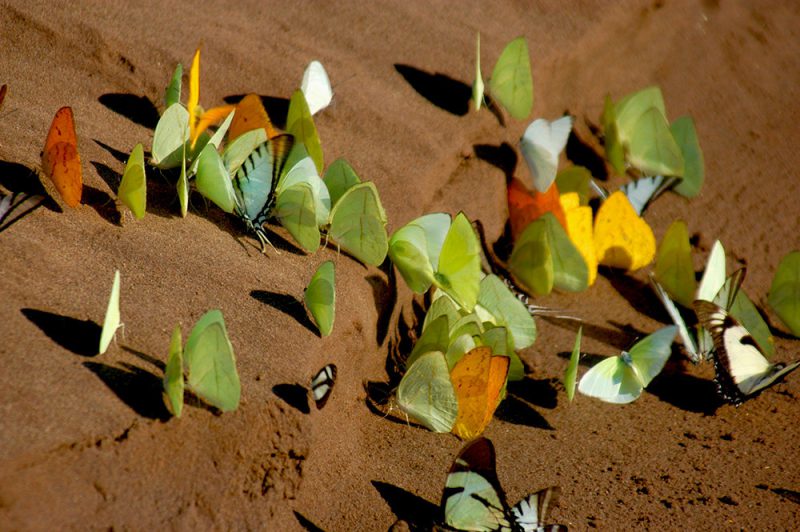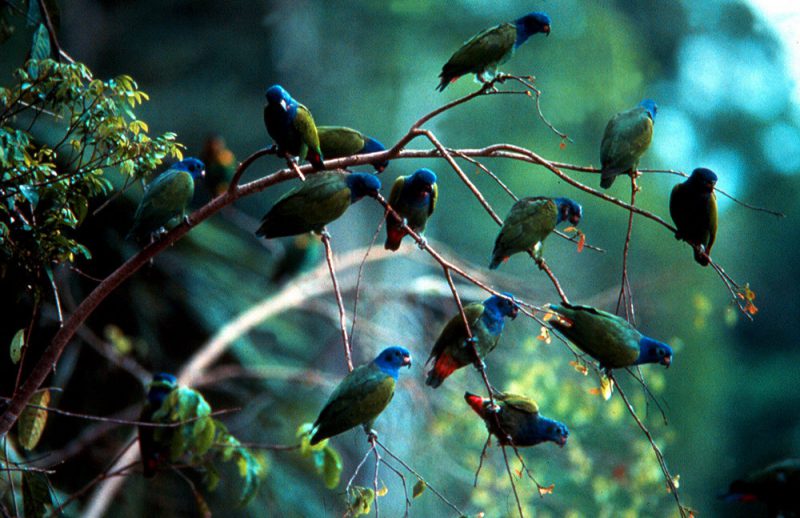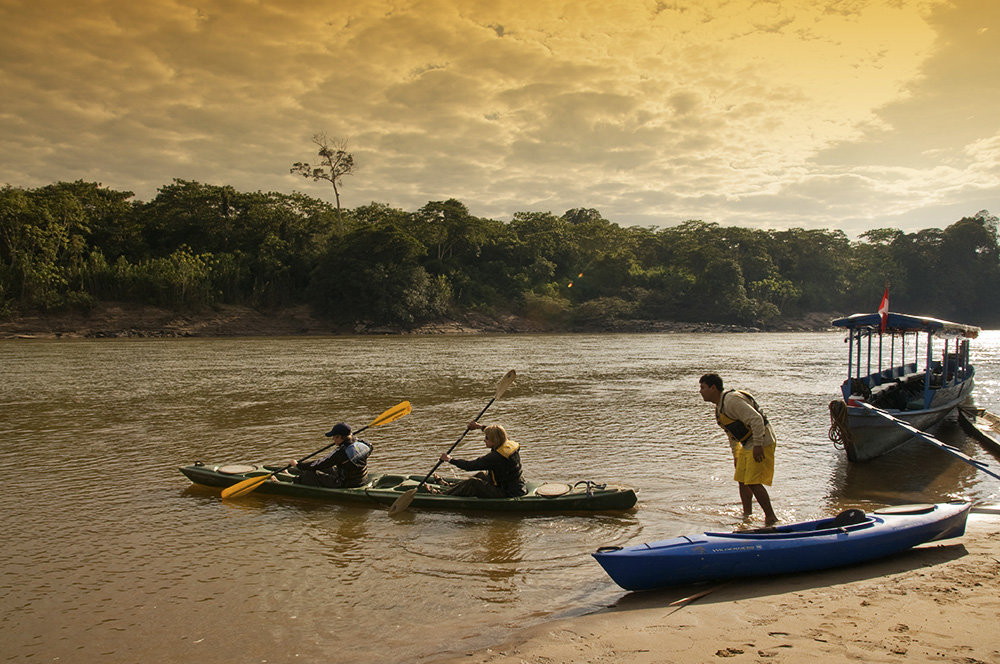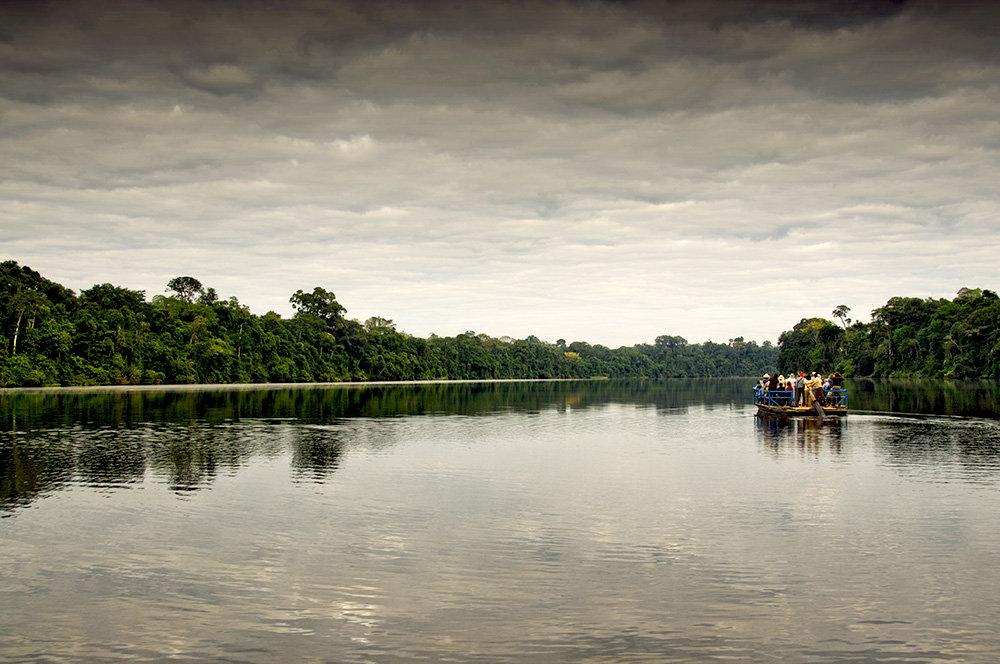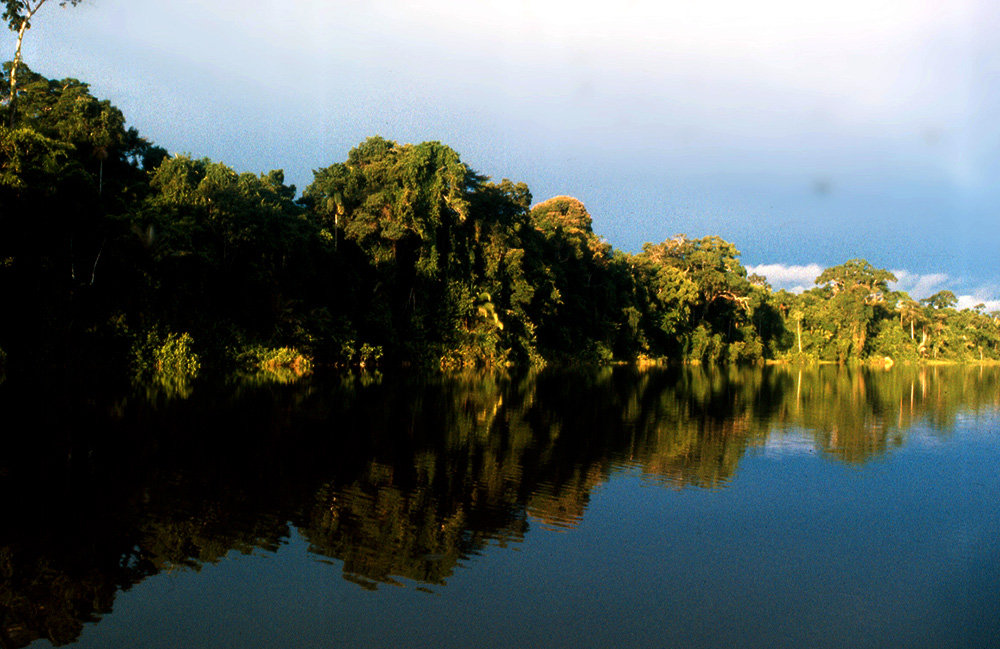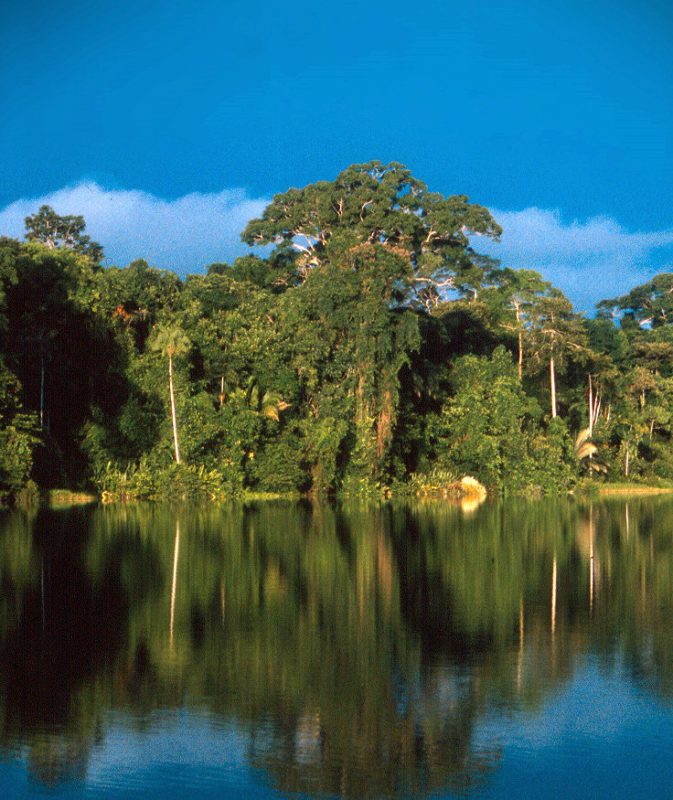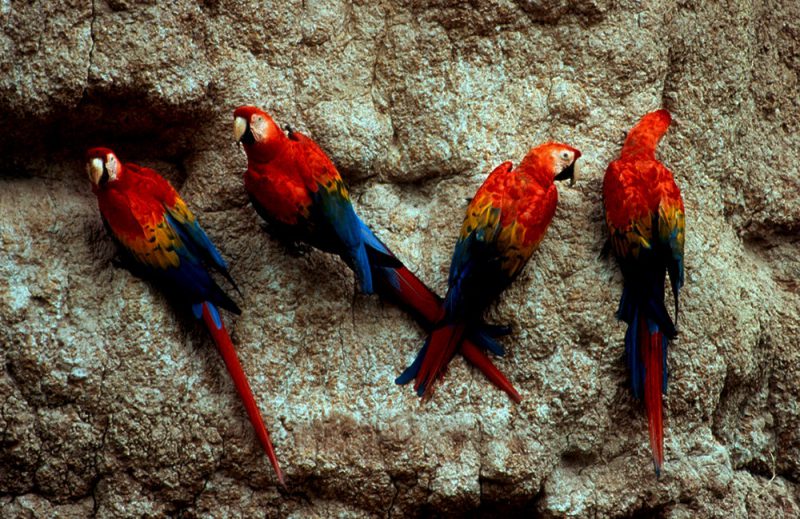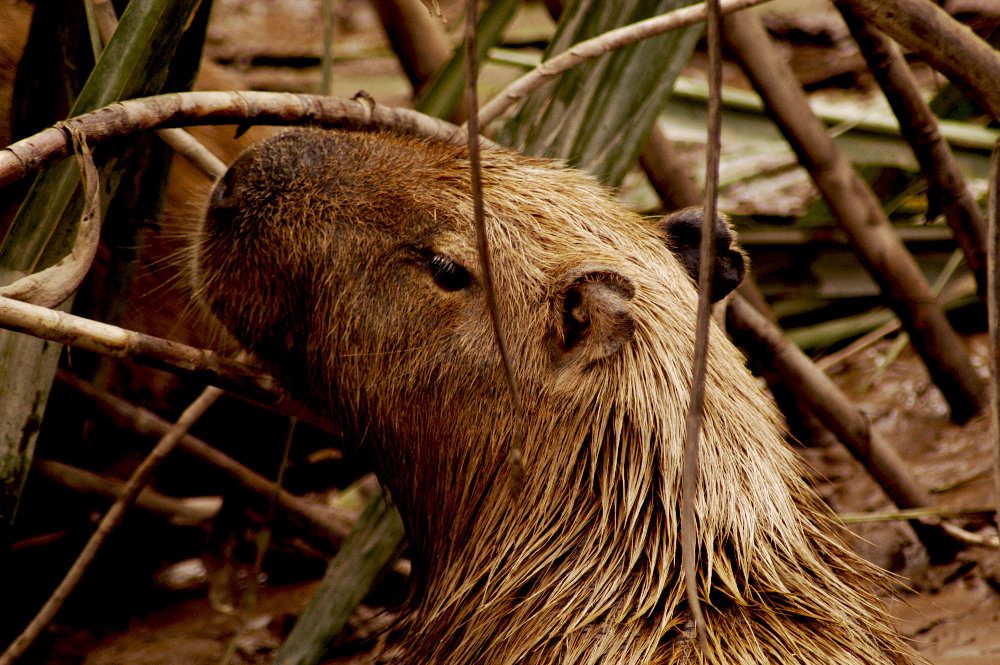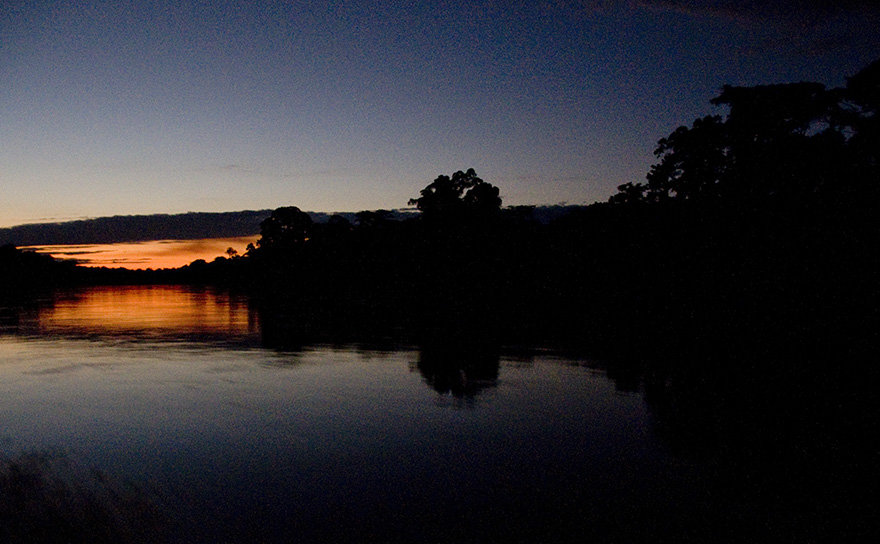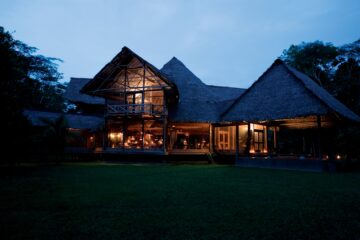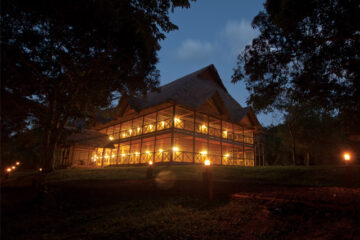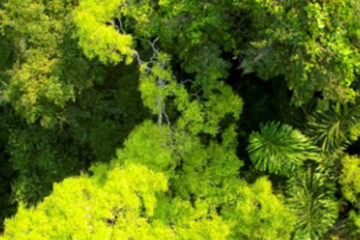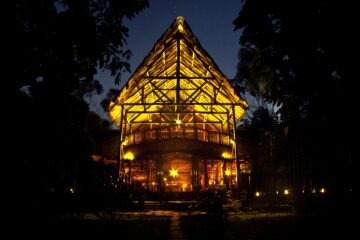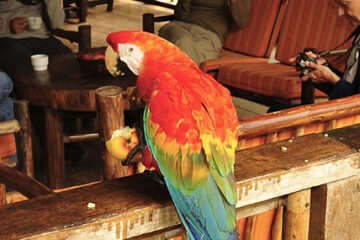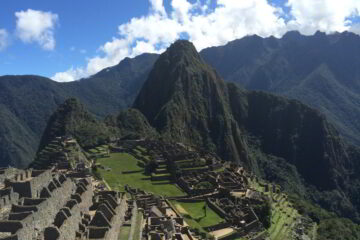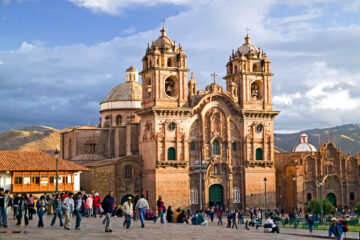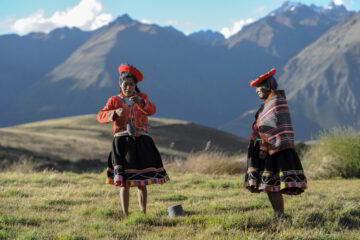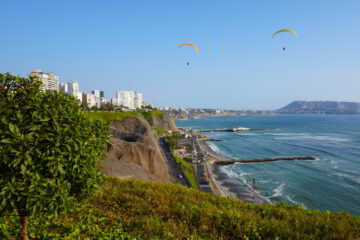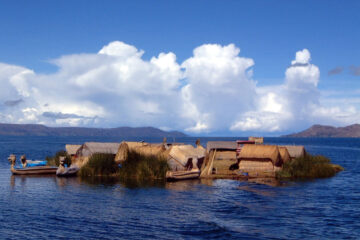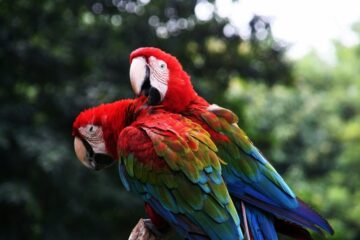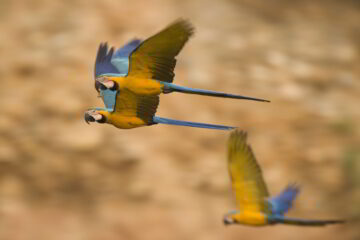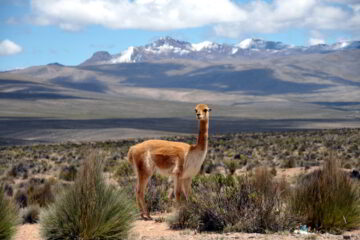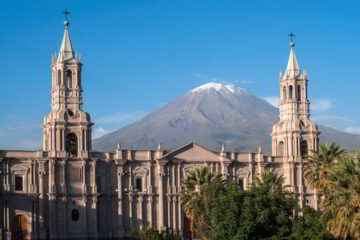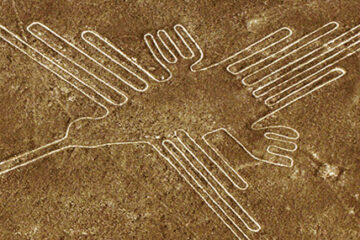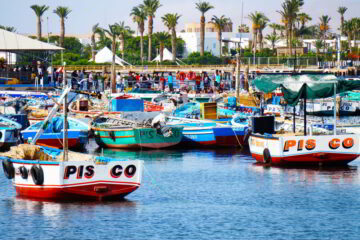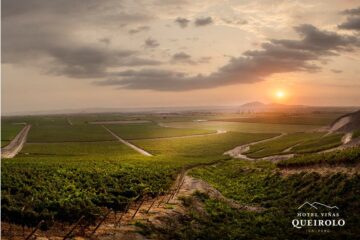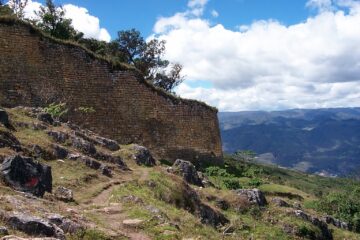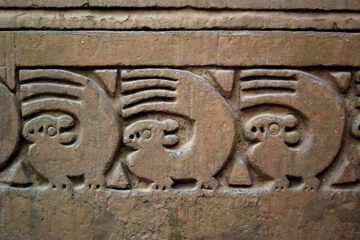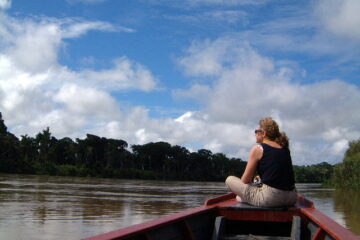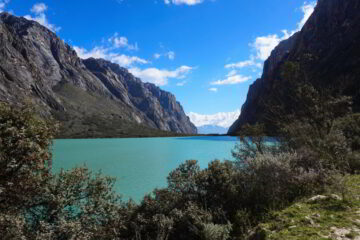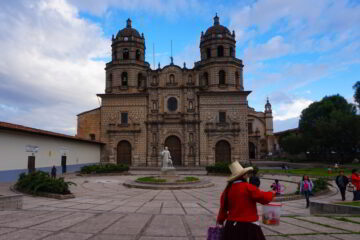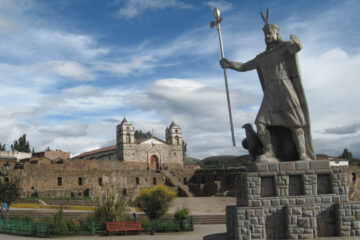In the heart of the Amazon, the world’s oldest jungle dates back 75 million years. Peru’s Tambopata National Reserve consists of 3.7 million acres of jungle.
Home to over 1,000 species of butterflies, more than 100 species of mammals, around 600 species of birds, this is one of the most biodiverse places on the planet
Tambopata National Reserve was protected in 1990 by the national government, working in conjunction with local and international conservation groups. Today there are a range of luxury and authentic jungle lodges to expore the wonders of the Amazon rainforest. Thanks to direct flights to Puerto Maldonado from Cusco and Lima, access to the best lodges in the reserve is easy. You really don’t have to travel far to be stood under towering trees and spot birds from treetop canopy walkways. Those who venture deeper into the Amazon can stay at Tambopata Research Center – the most remote lodge in the area.
Recommended For
- Adventurers
- Nature Lovers & Bird watchers
- Families
Things to do
- Photograph the Macaw Clay licks, a highlight of the reserve
- Climb treetop canopy walkways to see the Amazon from a new perspective
- Take a boat ride to spot caiman
Sample journeys to Tambopata National Reserve
We work hand-in-hand with you to craft a truly tailor-made Tambopata National Reserve travel experience
The Pillars of Peru: Coast, Jungle, Mountain
An adventure across Peru’s unique geography
Travel Guide to the Tambopata National Reserve
The whole reserve includes areas of highlands, lowland rainforests, and some of the last remaining intact cloud forests. Three main ecosystems converge in the reserve: the Amazonian plain, the eastern slopes of the Andes, and the humid Pampas croplands. The national reserve protects habitats ranging from the Andean highlands around the rivers’ headwaters through some of the last remaining cloud forests, to the lowland rainforests of the Amazon basin. It spans around 14,800 square kilometers (5,700 square miles), about the size of Connecticut. Over 1,300 bird species (including 32 parrot species – 10% of the world’s total), 200 mammal species, 90 frog species, 1,200 butterfly species, 94 fish species, 135 kinds of ants, 40 termites species, 39 varieties of bees and 10,000 species of higher plants are protected within this reserve, and scientists continue to discover new species here.
A highlight of the Tambopata National Reserve is the world’s largest known mineral clay lick, where hundreds of parrots and macaws congregate daily to ingest the detoxifying clay. This is located within the reserve, less than 500 metres (1,640 feet) from the Tambopata Research Centre.
But the reserve also stages a drama of destruction. Between 12,134 and 20,650 squares kilometers (4,685 and 7,973 squares miles) of the Amazon rainforest disappear every year. As a result, the native population has dropped from 9 million to less than a million since Western explorers began exploring the area in the 16th century.
How to get to the Tambopata National Reserve
The reserve is located in the department of Madre de Dios. Tambopata can be accessed on a short hour-long flight from Cusco to Puerto Maldonado (the nearest airport), and then by road or boat, depending on which lodge you’re staying in.
Highly recommended accommodations in Tambopata National Reserve
Tambopata National Reserve is home to a variety of lodges – some within the reserve itself, and others just on the outskirts. Inkaterra offers the most luxurious accommodation in their two properties – Inkaterra Hacienda Concepción and Inkaterra Reserva Amazonica, 20 minutes and 45 minutes respectively from Puerto Maldonado by boat. These properties offer easily accessible luxury accommodation and a range of activities to explore the area. Rainforest Expeditions have three properties – Posada Amazonas, Refugio Amazonas and the Tambopata Research Centre. These are further away from Puerto Maldonado (45 min, 2 and 8 hours respectively from Puerto Maldonado), deep in the national reserve.. Generally speaking, the deeper into the Amazon you go, the better chances to see wildlife.

